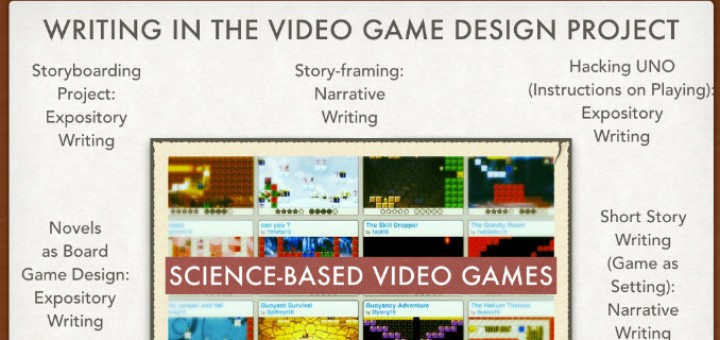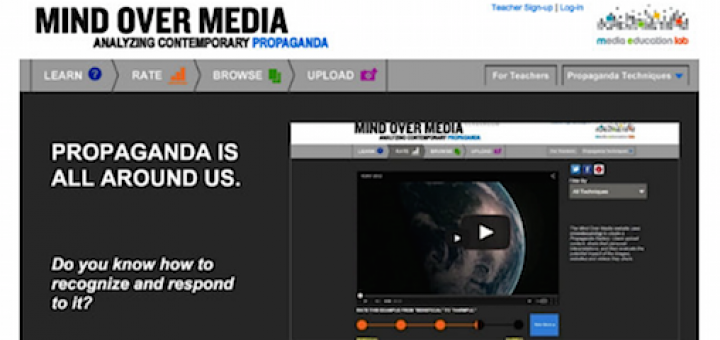Infuse Writing Standards into Video Game Design
Where is the literacy in the ELA classroom when all of the students are engaged in designing and producing video game projects using science and other content? Kevin Hodgson explains why the work his sixth graders are doing satisfies writing standards.

















